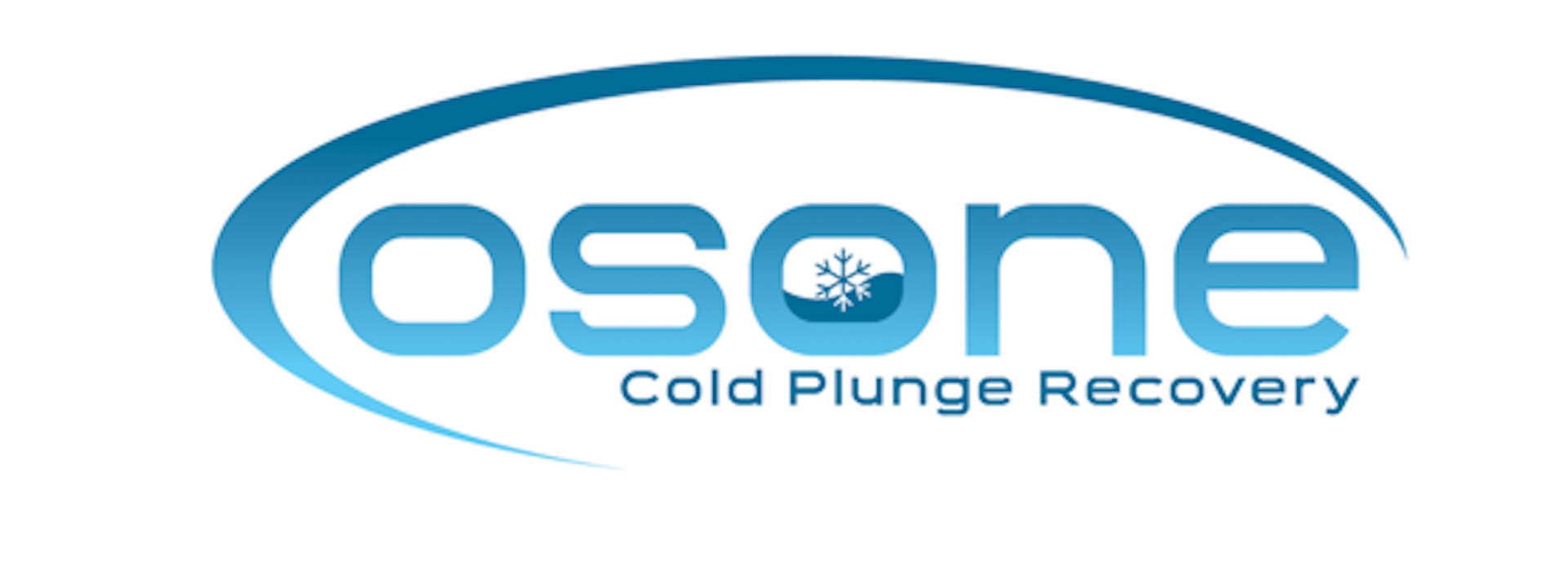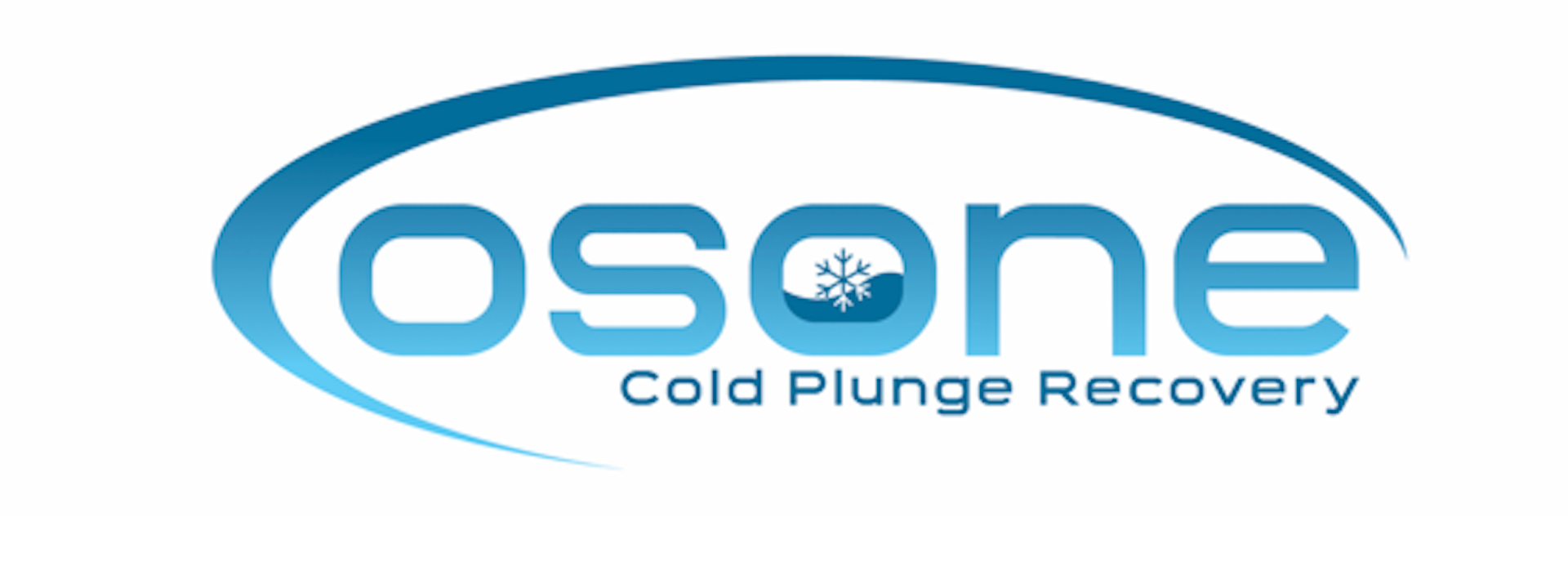In the world of cold therapy, both cold plunges and cold showers have gained popularity for their potential health benefits. From boosting circulation to reducing muscle soreness and improving overall well-being, the practice of exposing the body to cold has become a cornerstone of wellness routines. In this article, we will dive into the distinct experiences of cold plunging and cold showers, exploring the physiological effects, potential benefits, and considerations for incorporating each into your daily routine.
Understanding Cold Therapy
Before we delve into the specifics of cold plunges and cold showers, it's crucial to understand the underlying principles of cold therapy. Exposing the body to cold temperatures triggers various physiological responses, primarily centered around the body's natural survival mechanisms.
- Vasoconstriction and Vasodilation: When the body is exposed to cold, blood vessels constrict to minimize heat loss and redirect blood flow to vital organs. This vasoconstriction is followed by vasodilation when the body warms up, allowing for improved circulation.
- Activation of Brown Adipose Tissue (BAT): Cold exposure stimulates brown adipose tissue, a type of fat that generates heat. The activation of BAT is associated with increased calorie expenditure and may contribute to weight management.
- Release of Neurotransmitters: Cold exposure triggers the release of neurotransmitters like norepinephrine and endorphins. These neurotransmitters play a role in mood regulation, pain relief, and overall well-being.
Cold Plunge: Immersing in Chilled Waters
The Experience: Cold plunges involve immersing the entire body in cold water, often ranging from 59°F (15°C) to as low as 37°F (3°C). This can be achieved in various settings, including cold plunge pools, natural bodies of cold water, and cold plunge solutions filled with cold water and/or ice.
Physiological Effects: The immediate immersion of the entire body in cold water leads to rapid vasoconstriction, diverting blood flow towards vital organs. This process is followed by vasodilation upon exiting the cold water, promoting enhanced circulation.
Potential Benefits:
- Muscle Recovery: Cold plunges are renowned for their potential to reduce muscle soreness and accelerate recovery, making them popular among athletes and fitness enthusiasts.
- Improved Circulation: The alternating vasoconstriction and vasodilation during a cold plunge contribute to improved circulation, which may have cardiovascular benefits over time.
- Mental Clarity and Alertness: The shock of cold water is known to increase alertness and mental clarity, providing an invigorating jump start to your day.
- Potential for Brown Adipose Tissue Activation: Prolonged exposure to cold water may activate brown adipose tissue, potentially contributing to increased calorie expenditure.
Considerations:
- Temperature Control: Care should be taken to control the water temperature, as extremely cold water can lead to hypothermia or other adverse effects.
- Gradual Adaptation: Beginners should start with shorter plunge durations at higher temperatures and gradually increase the time spent in cold water to allow the body to adapt. See our guide to gradual adaptation here.
- Individual Tolerance: The tolerance to cold varies among individuals. It's essential to listen to your body and avoid pushing yourself to a place of discomfort.
- Body Coverage: The benefit of a cold plunge when done correctly is the full coverage and submersion of the body all at once. Temperature throughout the body will be at the same, consistent level.
Cold Shower: Embracing the Chill Cascade
The Experience: Cold showers involve exposing the body to cold water while standing under a shower head. The water temperature can be adjusted, allowing for a gradual introduction to cold therapy.
Physiological Effects: Cold showers induce vasoconstriction and activate the body's natural stress response. The cold water stimulates the skin's cold receptors, sending signals to the brain that trigger various physiological reactions.
Potential Benefits:
- Improved Mood and Stress Reduction: Cold showers may contribute to stress reduction and improved mood, as the shock of cold water stimulates the release of endorphins.
- Enhanced Skin and Hair Health: Cold water is believed to improve skin and hair health by closing pores and cuticles, preventing loss of natural oils.
- Increased Alertness: Similar to cold plunges, cold showers provide an energy boost and increased alertness, making them an excellent choice for a morning wake-up routine.
- Accessible and Time-Efficient: Cold showers are more accessible for many individuals, requiring only a functioning shower. They are also time-efficient, making them easier to incorporate into a daily routine.
Considerations:
- Gradual Adaptation: Beginners should start with lukewarm water and gradually decrease the temperature to allow the body to adapt to the cold shock.
- Duration: Cold showers can be shorter in duration compared to cold plunges, making them a practical option for those with space constraints.
- Temperature Variability: The temperature of a cold shower can be adjusted to suit individual preferences, providing a more adaptable experience in a short period of time. With that said, cold shower temperatures are normally based on the environment and ambient temperatures so cold showers in Florida during summer months may only reach 70°F while in Colorado during the winter months, may reach the 40°F mark.
- Body Coverage: As a shower disperses water from overhead, the immediate impact area, usually the head and shoulders, will benefit from the cold water but the rest of the body may fall short of the cold water coverage desired.
Comparative Analysis: Cold Plunge vs. Cold Shower
- Temperature and Intensity: Cold plunges typically involve colder water temperatures and more intense exposure to the cold due to the immersion of the entire body. Cold showers offer more flexibility in temperature adjustment allowing individuals to tailor the experience to their tolerance levels. With that said it should be noted that the temperature in a shower may not lower to the desired level and the full body may not get the holistic experience offered in a plunge setting.
- Physiological Response: Both cold plunges and cold showers trigger vasoconstriction and the release of neurotransmitters. However, the intensity of these responses may differ, with cold plunges potentially eliciting a more robust reaction due to the rapid and complete immersion of the body.
- Muscle Recovery and Athletic Performance: Cold plunges are often favored by athletes for muscle recovery, as the full-body immersion provides a more comprehensive treatment for sore muscles. Cold showers, while still beneficial, may not offer the same depth of muscle recovery.
- Accessibility and Convenience: Cold showers are more accessible for most people, requiring only a shower and allowing for quick and easy integration into daily routines. Cold plunges may require specific products and/or preparations, making them less convenient for some individuals.
- Adaptability: Cold showers are highly adaptable, allowing for gradual adjustments in temperature and duration. This makes them suitable for individuals at various fitness levels and those with different cold tolerance levels. Cold plunges, on the other hand, may require a more careful, disciplined, gradual adaptation process.
- Time: Cold showers are generally more time-efficient, making them a practical choice for individuals with busy schedules. Cold plunges may take more time to prepare and execute, potentially requiring a dedicated space or equipment.
In the cold plunge vs. cold shower debate, both practices offer unique benefits and their effectiveness depends on how well they align with your needs and preferences.
If you're an athlete seeking optimal muscle recovery or someone who enjoys the invigorating experience of full-body immersion in icy waters, a cold plunge may be the ideal choice. On the other hand, if you're looking for a convenient and accessible way to incorporate cold therapy into your shower routine, a cold shower may be more practical.
It's important to note that consistency is key when incorporating cold therapy into your routine, regardless of whether you choose cold plunges or cold showers. Gradual adaptation, active listening to your body, and a commitment to regular practice will maximize the potential benefits of cold therapy and contribute to an overall sense of well-being.
As with any wellness practice, it is strongly advisable to consult with a healthcare professional before starting a new cold therapy routine, especially if you have pre-existing health conditions.


